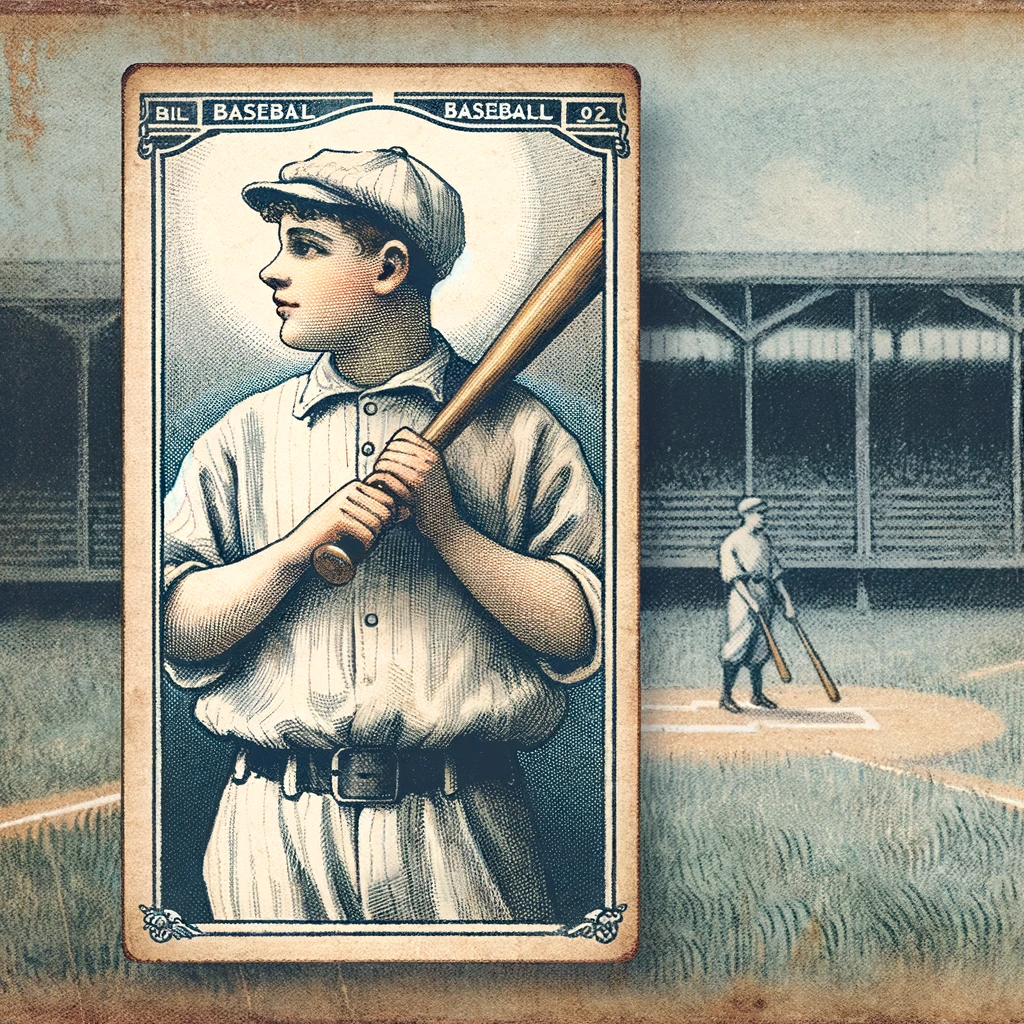
Vintage Cards: A Safe Haven in the Volatile Modern Sports Card Market
In the world of sports memorabilia, the market for modern sports cards can often resemble a thrilling roller coaster ride, with rapid ascents followed by sudden dips. However, amidst this fluctuating landscape, vintage sports cards have emerged as a steadfast investment option, offering both stability and potential for appreciation. In fact, many collectors and investors view vintage cards as a safe haven in what they perceive as a bubble market for their modern counterparts.
The allure of vintage cards extends beyond mere nostalgia; it is anchored in their scarcity and historical significance. While modern sports cards are produced in large quantities, vintage cards come from an era of limited prints and fewer collectors, making them inherently rarer. This scarcity is a significant factor in their ability to retain value and often increase in worth over time, even when the overall market for newer cards experiences volatility.
Moreover, vintage cards hold a significant place in sports history. Collectors are not simply buying a card; they are investing in a story, a legacy that is encapsulated within a small piece of cardboard. From Babe Ruth’s iconic 1933 Goudey card to Mickey Mantle’s legendary 1952 Topps, vintage cards carry the weight of sports lore, resonating with collectors on a level that transcends the standard metrics of supply and demand.
The investment case for vintage cards is further bolstered by their track record. Even during downturns in the overall sports card market, vintage cards have shown resilience. Their prices don’t merely ‘hold’; they often climb, delivering solid returns for collectors who had the foresight to invest in them.
In contrast, the modern card market has been characterized by a boom-and-bust cycle, driven by speculative buying and the constant churn of new players and print runs. The so-called “bubble” in modern cards is partly inflated by hype and the prospect of quick profits, which can lead to a market correction and sudden devaluation of recently popular cards.
For investors and collectors wary of these market dynamics, vintage cards offer a safe harbor. The vintage card market is supported by a dedicated community of long-term collectors, many of whom are enthusiasts first and investors second. This community’s commitment to the historical and sentimental value of vintage cards helps to stabilize the market, providing a sense of security for those looking to invest in this space.
Furthermore, the vintage market benefits from a well-established grading system that ensures the authenticity and condition of cards, adding another layer of security for investors. Organizations like the Professional Sports Authenticator (PSA) provide grading services that are widely respected in the industry, giving collectors the confidence to make informed purchases.
In conclusion, while modern sports cards can offer the excitement of quick gains, they also carry significant risks, especially in a market that many consider to be overvalued. Vintage cards, on the other hand, represent the bedrock of the sports card collecting hobby. They are the blue-chip stocks of the collectibles world, likely to hold their value or appreciate even when newer cards falter. For those looking to invest in sports cards, vintage might just be the smartest play – combining the joy of collecting with the prudence of a sound investment strategy.